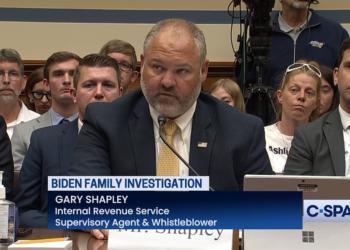On April 17, 2020, Dr. Anthony Fauci told the nation from the White House podium that the coronavirus naturally jumped from animals to humans, prompting a wave of censorship of competing hypotheses.
But, in the intervening five years, private messages among the scientists cited by Fauci and the public health establishment have revealed that they had severe doubts, even after the paper was published, that the virus was not the result of a lab accident.
The presentation of the paper and the ensuing censorship of the lab leak theory, which is now regarded as legitimate, have badly damaged the credibility of the public health establishment.
The paper, “Proximal Origins of SARS-CoV-2,” remains one of the most well-cited scientific papers in modern history after its publication in Nature Medicine in March 2020. The authors, led by Dr. Kristian Andersen of Scripps Research, wrote that the genetic features of the virus led them to “not believe that any type of laboratory-based scenario is plausible.”
Various hypotheses that the virus escaped from the Wuhan Institute of Virology in Wuhan, China, were censored in the media and academia after Fauci, then the director of the National Institute of Allergy and Infectious Diseases, and then-National Institutes of Health Director Francis Collins promulgated the paper through their offices. For example, the Lancet, another prominent medical journal, published a letter citing the paper denouncing the “conspiracy theories” that the virus did not have a natural origin. The Biden White House also pressured Facebook to censor discussion of the lab leak hypothesis.
But Slack messages and emails among the authors of the paper, which were later released as part of an investigation by the House Oversight Committee, revealed that they harbored misgivings about dismissing the lab leak even after its publication.
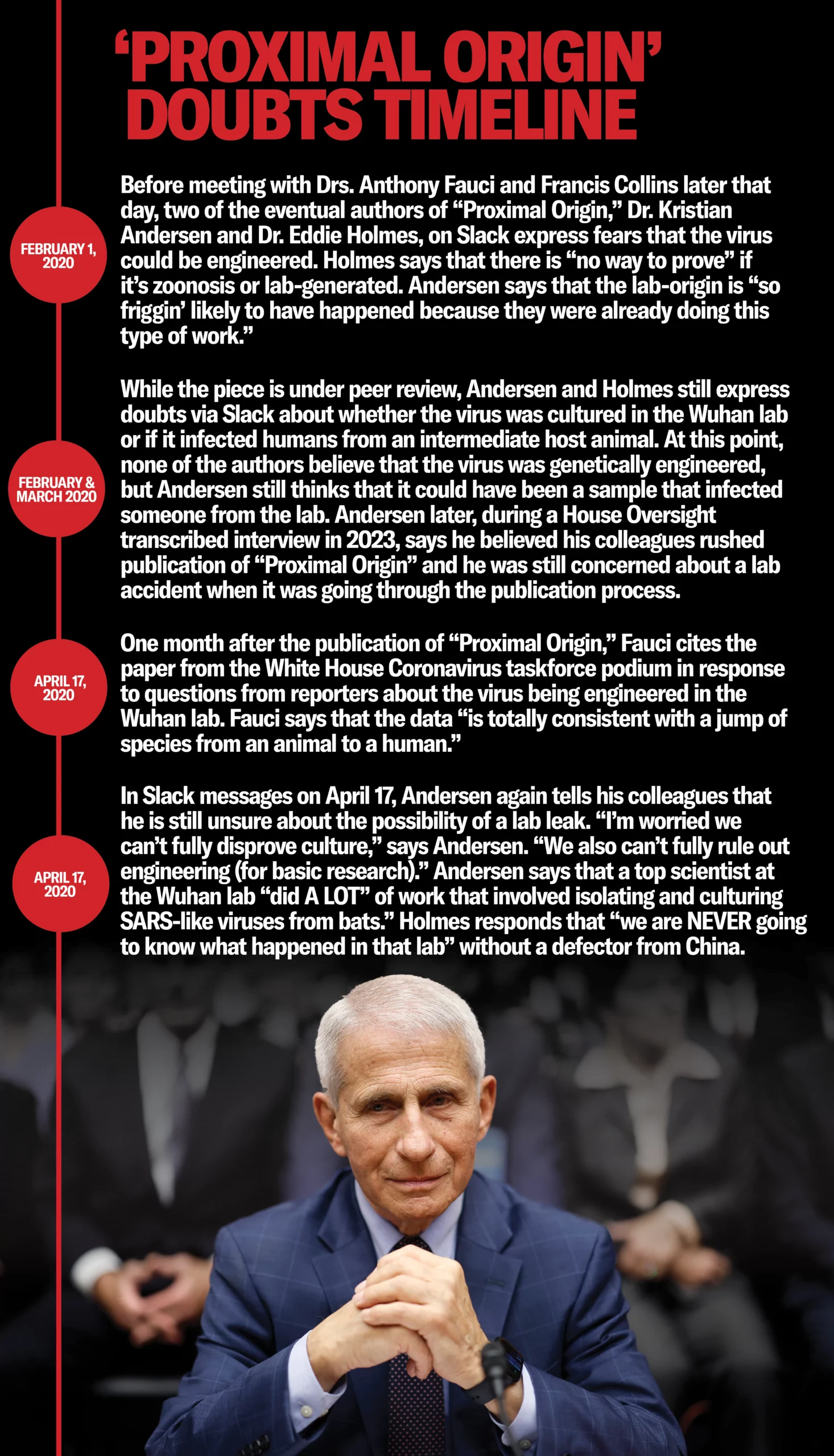
Dr. Richard Ebright, a molecular biologist and professor of chemical biology at Rutgers University, has been on the forefront of the efforts to retract “Proximal Origin.” In academic publishing, retraction is reserved for publications with severe integrity problems.
Ebright told the Washington Examiner that the arguments that the virus spread from animal to human laid out in the paper “have been discredited as being scientifically unsound.”
“Compelling evidence has been presented that [the paper] is a product of scientific misconduct, up to and including scientific fraud,” said Ebright. “Private email and Slack communications of the authors … made public through a congressional inquiry — show that the authors knew the conclusions of their paper were invalid.”
None of the authors responded to requests for comment, except for Dr. Ian Lipkin, who did not answer questions related to the legacy of “Proximal Origin” other than to refer back to the paper.
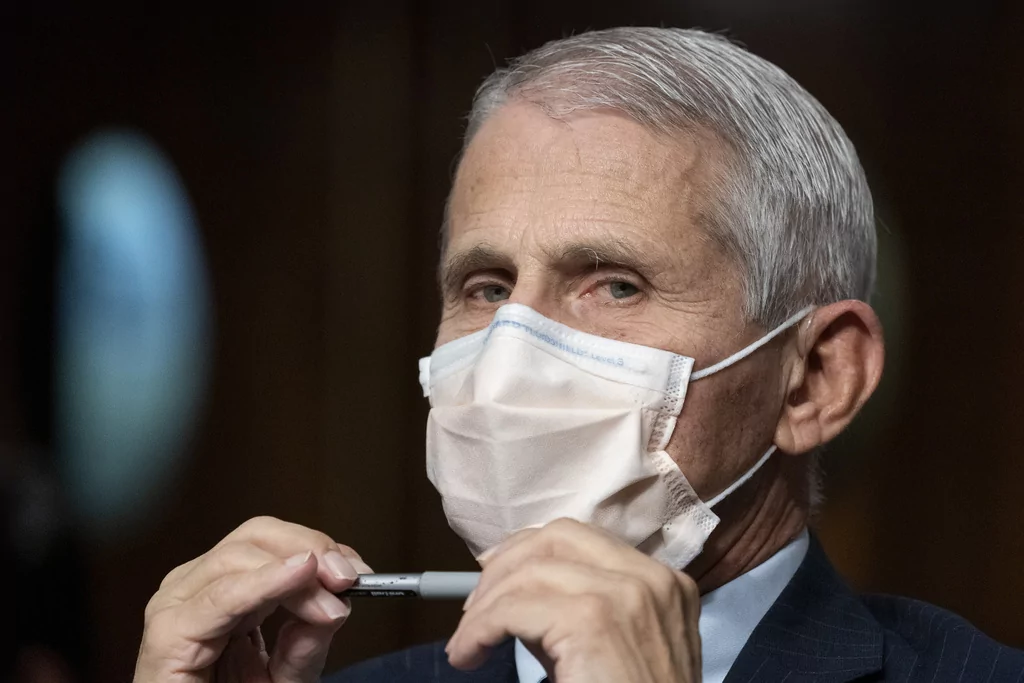
‘When politics is injected into science’
“Proximal Origin” was written because Andersen raised concerns to his colleague, Dr. Eddie Holmes, that the coronavirus could have been genetically engineered.
Dr. Jeremy Farrar, then-head of the research group Wellcome Trust, on Feb. 1, 2020, organized a group of virologists and epidemiologists for a conference call to discuss a peer-reviewed paper examining the genome of the virus. Drs. Fauci and Collins were involved in this first phone call but kept their distance thereafter.
In discussions before the Feb. 1 meeting, Andersen and Holmes exchanged messages in their Slack group saying that they feared the virus could have been engineered.
Holmes said that there was “no way to prove” whether there was an animal origin to the virus or it was leaked as a result of a lab incident.
Andersen said the lab origin is “so friggin’ likely to have happened because they were already doing this type of work,” referencing the cultivation of a massive sample of bat coronaviruses at the Wuhan lab.
The next day, Feb. 2, co-author Dr. Andrew Rambaut told Andersen and colleagues that the inability to prove whether or not it was an accidental leak of a nonedited virus made asserting a natural origin the most politically expedient course.
“Given the s*** show that would happen if anyone seriously accused the Chinese of even accidental release, my feeling is we should say that given there is no evidence of a specifically engineered virus, we cannot possibly distinguish between natural evolution and escape, so we are content with ascribing it to natural processes,” Rambaut said on Slack.
Andersen said he agreed, saying, “Although I hate when politics is injected into science — but it’s impossible not to, especially given the circumstances.”
But even after the paper was submitted to Nature for peer review on Feb. 17, Andersen in particular still expressed concern to his colleagues via Slack that it was possible that the pandemic started with a virus sample being accidentally leaked from the lab.
Andersen later, during a House Oversight Committee transcribed interview in early 2023, said he believed he and his colleagues rushed the publication of “Proximal Origin.”
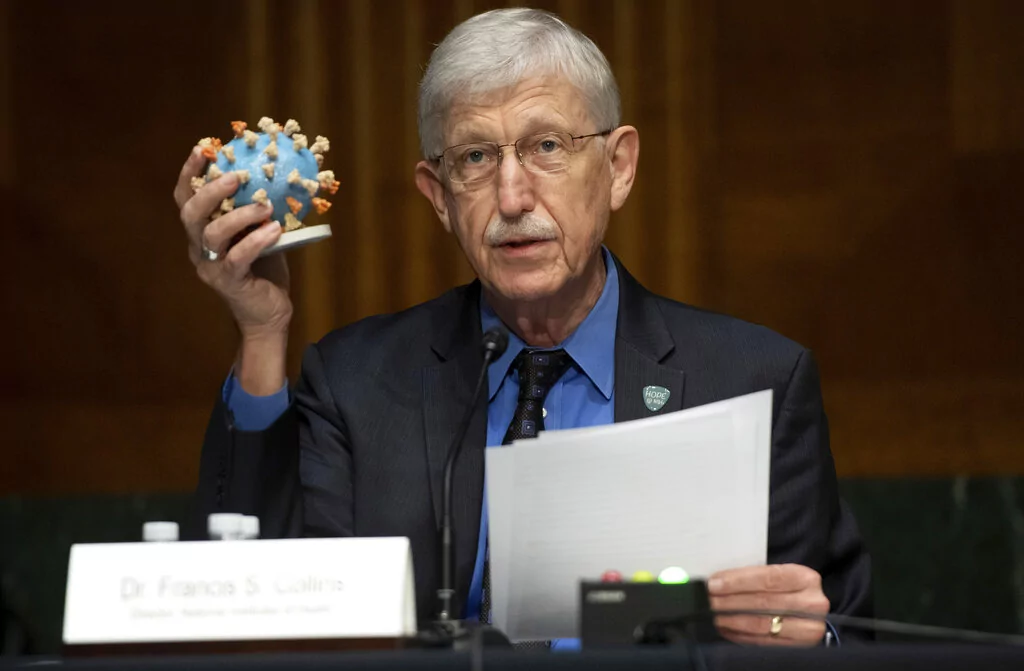
Leaving ‘little room to refute a natural origin’
The publication and dissemination “Proximal Origin” was used by federal public health officials to minimize discussion of the lab leak hypothesis.
Reports from the House Oversight indicate that NIH and NIAID staff were eager to publicize the “Proximal Origin” paper. Internal emails obtained by the committee indicated that staff for the Office of Communications for NIAID asked other agency staff as early as Feb. 19 whether or not the paper was ready to highlight.
After the paper was published on March 17, Collins published a post on “Proximal Origin” for his NIH director’s blog in an effort “to distinguish rumors from facts.” He said that the study “debunks” the idea that the virus was engineered in a lab “by providing scientific evidence that this novel coronavirus arose naturally.”
“This study leaves little room to refute a natural origin for COVID-19. And that’s a good thing because it helps us keep focused on what really matters,” wrote Collins.
On April 16, as multiple media reports were published speculating about a possible lab origin of the virus, Collins emailed Fauci saying he hoped the “Proximal Origin” paper “would settle this” public concern.
“Wondering if there is something NIH can do to help put down this very destructive conspiracy,” Collins wrote to Fauci on April 16. “Anything more we can do?”
‘Still not fully convinced’
The following evening, on April 17, Fauci highlighted the “Proximal Origin” paper for journalists at the White House asking about the virus being man-made during a White House Coronavirus Task Force briefing.
“There was a study recently that we can make available to you, where a group of highly qualified evolutionary virologists looked at the sequences there and the sequences in bats as they evolve,” Fauci said on April 17. “And the mutations that it took to get to the point where it is now is totally consistent with a jump of a species from an animal to a human.”
But only hours before Fauci held up the “Proximal Origins” paper, Andersen reiterated to his colleagues that he was “still not fully convinced” that the virus could not have spread from a sample in the laboratory, even if it wasn’t engineered.
He also said that the team’s genomic research “can’t fully rule out engineering,” even though they were conclusive that it was not a bioweapon.
“Let’s face it, unless there is a whistleblower from the WIV who is going to defect and live in the west under a new identity, we are NEVER going to know what happened in that lab,” said Holmes in reply. “Never.”
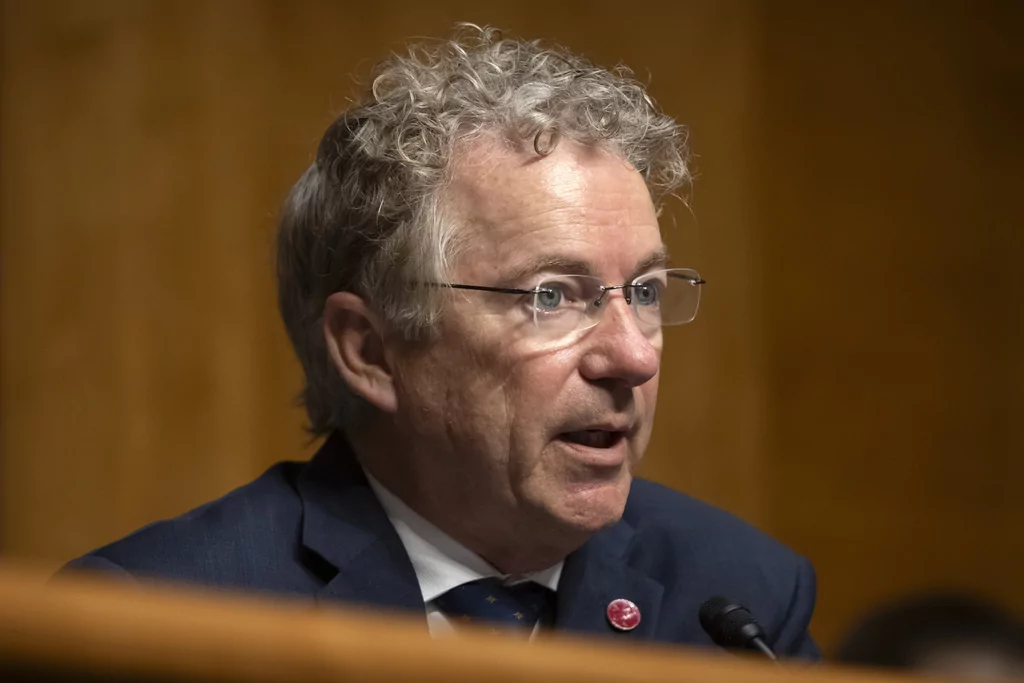
Five years of fallout
Sen. Rand Paul (R-KY), chairman of the Senate Homeland Security and Governmental Affairs Committee, told the Washington Examiner that the secrecy involved in drafting “Proximal Origin” in part spurred his legislative efforts to reform the NIH.
“This wasn’t science — it was propaganda, crafted in the shadows by bureaucrats desperate to protect their power,” Paul told the Washington Examiner. “It’s the kind of deception you’d expect in a dystopian regime, not our own government.”
Paul, who had a spat with Fauci during a Senate hearing over whether the virus was engineered, said that the NIAID director “was orchestrating a cover-up” with his involvement in the “Proximal Origins” paper.
Mike Gallagher, the former chairman of the House Select Committee on the Chinese Communist Party, wrote in the Wall Street Journal on Wednesday, “Dr. Fauci — along with a cabal of Wuhan Institute collaborators and National Institutes of Health grantees — whitewashed history by insisting for years that the most likely origin of the virus was natural.”
Gallagher also called on President Donald Trump to declassify COVID-19-related intelligence to regain public trust, particularly in public health agencies.
“Only once we know in detail what happened and who was at fault can we take steps to prevent the next crisis, restore faith in American institutions, and hold the Chinese Communist Party,” Gallagher said.









